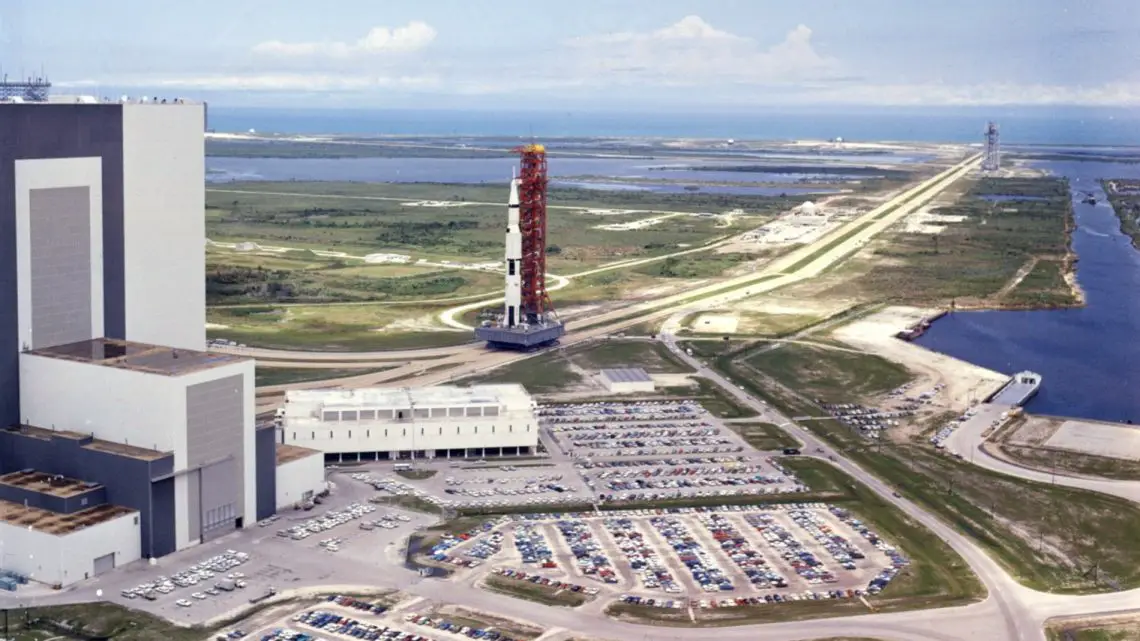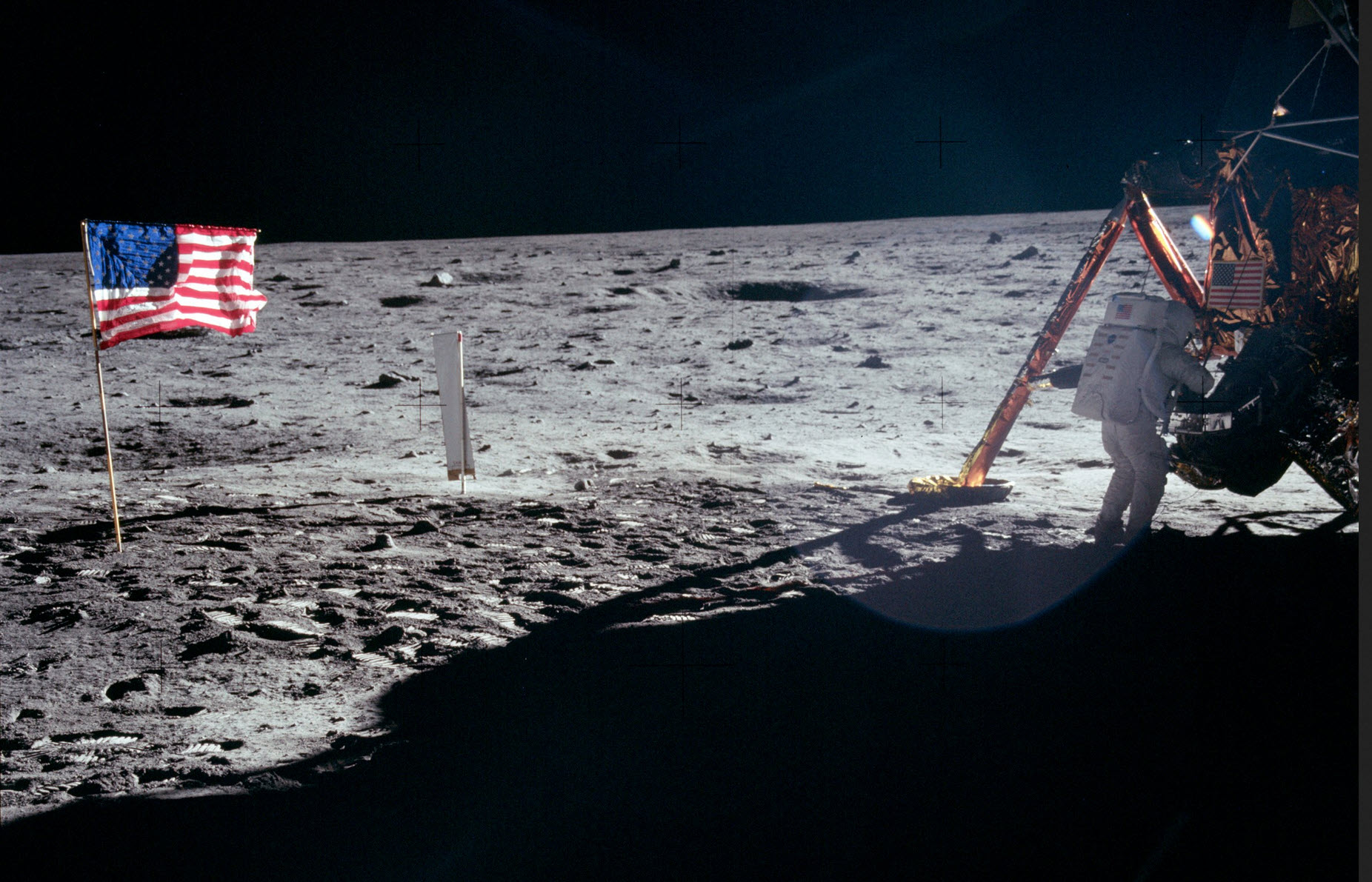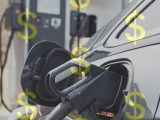
The history of hydrogen fuel has a fascinating connection with space programs
October 16, 2022NASA and other space programs have played a critical role in the development and use of H2 energy.
The history of hydrogen fuel is considerably longer than most people realize, particularly as it is only just making big headlines of late due to the world’s transition away from fossil fuels.
As the world decarbonizes, more people are paying attention to H2 than ever before.
That said, the history of hydrogen fuel didn’t begin as a part of the global effort to combat the climate crisis. The aerospace industry has long known that there is considerable potential in using H2 as an energy source. That said, it was space programs that were the most heavily invested in it for the majority of that time, as aircraft and airports focused on jet fuel as a standard throughout the vast majority of the world.
When President John F. Kennedy announced in 1962 that the United States would land on the moon within the decade, he changed the path of the history of hydrogen fuel. That said, many are surprised to discover that both using H2 and space travel actually predate the creation of NASA.

Apollo 11 – Neil Armstrong taken by Buzz Aldrin – Image Credit Wikipedia
The history of hydrogen for space travel occurred nearly a full year before NASA was founded.
In 1957, the US Air Force was invested in discovering a new space booster powered by H2. The purpose was to provide the United States with the capacity to place heavy payloads in order in the shortest possible amount of time. The goal was to avoid having to spend decades on research and development. What the researchers came up with was the Centaur upper stage rocket, also commonly known as America’s Workhorse in Space. That rocket was critical to ensuring that the US would make it to the moon first in the Cold War space race with the Soviet Union.
H2 was used in the Apollo 11 mission, which brought the first astronauts to the moon. NASA used liquid hydrogen as its rocket propulsion fuel and used fuel cell systems for both the electricity and water supplies throughout the length of the mission.
To onlookers, the most visible moment of the history of hydrogen fuel occurred at launch when it was used for fueling the massive Saturn V rockets. The second and third stages used hydrogen and oxygen in the J-2 engines to push the probe into orbit and then send it toward the moon.
Since that time, space travel technology has moved ahead tremendously. That said, it continues to mark a place in the history of hydrogen fuel as H2 continues to play a vital part in space shuttle electrical system powering. A typical mission needs only three fuel cells for all the electricity the space probe instruments require. Moreover, as the only byproduct is water, it means that the process produces the coolant electronic devices need to prevent overheating – not to mention keeping the crew hydrated!



 With over 15 years of reporting hydrogen news, we are your premier source for the latest updates and insights in hydrogen and renewable energy.
With over 15 years of reporting hydrogen news, we are your premier source for the latest updates and insights in hydrogen and renewable energy.